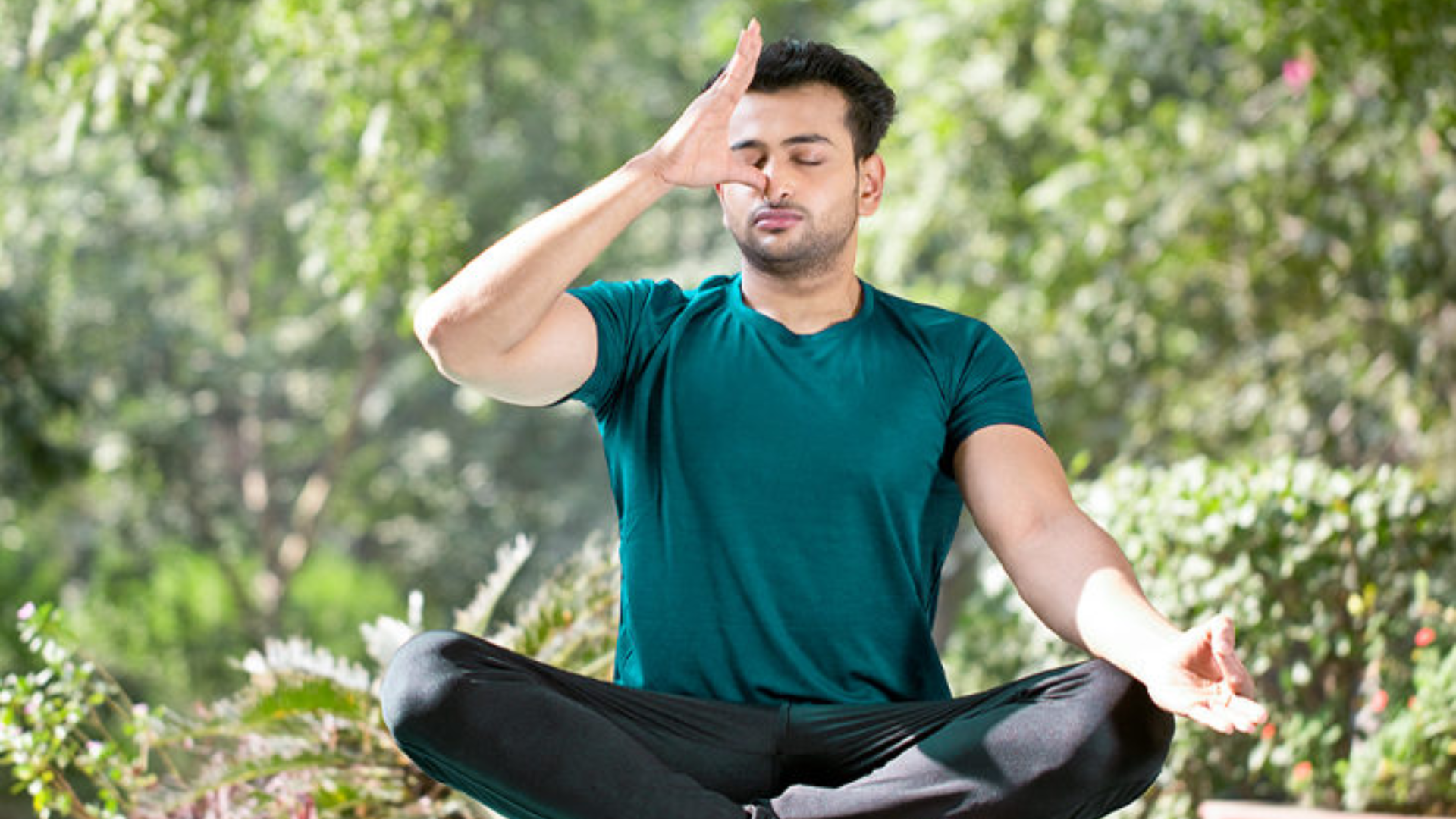
What is Viloma Pranayama?
Viloma Pranayama is a breathing practice which imposes the halt-and-resume pause on what otherwise used to be a smooth or natural flow of inhalation or exhalation. It develops awareness of breath and balances the mind and body.
There are two kinds of Viloma Pranayama:
Viloma I: Interrupted Inhalation: you’re breathing in phases, for example, after every short breath.
Viloma II: Interrupted Exhalation: the exhalation is broken down into segments with short pauses between them.
How to do viloma pranayama
Viloma I (Interrupted Inhalation)
Sit comfortably: Sit on the floor in a crossed position or in a chair with your back straightened. You can also lie down in your back if that is more comfortable.
Breathe normally for a couple of times: Before you even begin your exercise, just breathe normally and bring your mind into the rhythm of your breathing.
Breathe in gradation: Now breathe in slowly and deeply but hold yourself after every 2-3 seconds. You breathe a little in and then wait. Again you breathe in a little bit more, again you stop, and you keep doing this until your lungs feel full.
Just breathe normally: When your lungs are filled from the slow inspiration, exhale slowly and completely without any pause.
Repeat: You can do this several times, or for about 5 minutes, as you prefer.
Viloma II (Interrupted Exhalation)
As above: Sit comfortably or lie down; it can be the same as in Viloma I.
Normal breathing: Do 3-4 cycles of normal, relaxed breathing to calm the nerves.
Gradual exhalation: When you’ve fully inhaled, let out slow breaths; but now you pause after every 2-3 seconds. Breathe a little then pause, breathe more and pause again until all your air is let out.
Natural inhalation: After letting out all the air with pauses, breathe in smoothly, without any disruption.
Repeat: Do this for about 8-10 cycles or 5 minutes.
Benefits of Viloma Pranayama
Stress and Anxiety Removal.
Viloma Pranayama does stimulate the parasympathetic nervous system which makes sure that the body is in a ‘rest and digest’ state. It could reduce cortisol levels, which means the level of stress hormone in the body, and balance the person involved.
Lung Expansion Capacity.
As the inhalation or exhalation is two-point process, so this technique of Viloma Pranayama strengthens your respiratory system, which makes your lungs more effective. With time, it also enhances your lung capacity and the ability to hold the breath longer.
Improves Concentration and Focus
Aware of your breath, the Viloma Pranayama brings to you mental clarity and concentration. That’s very useful if you want to pay attention with meditation or in everyday life.
It Balances Emotions
This technique of Pranayama calms the brain and attunes emotions. If ever you are facing emotional turbulence, a practice of Viloma Pranayama can guide you back to the calm and bring about balance to your emotions.
Helps in Better Sleep
If you suffer from insomnia or wake up and lie there often, then add Viloma Pranayama to the sleep time for relaxation and falling off to sleep more easily.
Increases Energy
Although Pranayama is extremely beneficial for a relaxing effect, it can also energize the body. As oxygen supply increases and the mind quiets, the individual feels refreshed and rejuvenated after practice
It’s Here Vritti Pranayama How To Do It And What Are The Benefits
FAQs
Q: How often a week should I practice Viloma Pranayama?
A: You can do Viloma Pranayama daily. As you go along with this technique, you can lengthen your daily practice by some minutes, say 5 minutes to 10 minutes.
Q: Can beginners perform Viloma Pranayama?
A: Oh, absolutely! Viloma Pranayama is great for beginners, even using Viloma I (interrupted inhalation). Just listen to your body and take it slowly.
Q: How does Viloma differ from other pranayama practices?
A: In Viloma Pranayama, there are interruptions at certain times during inhalation or exhalation. Other pranayama practices, like Kapalbhati or Bhramari, have different breathing rhythms and sounds.
Q: Will Viloma Pranayama cure asthma?
A: Viloma Pranayama may well condition the lungs over a period of time to work better, but if you have asthma, it is essential that you see a medical doctor before adding any breathing practice to your routine.

